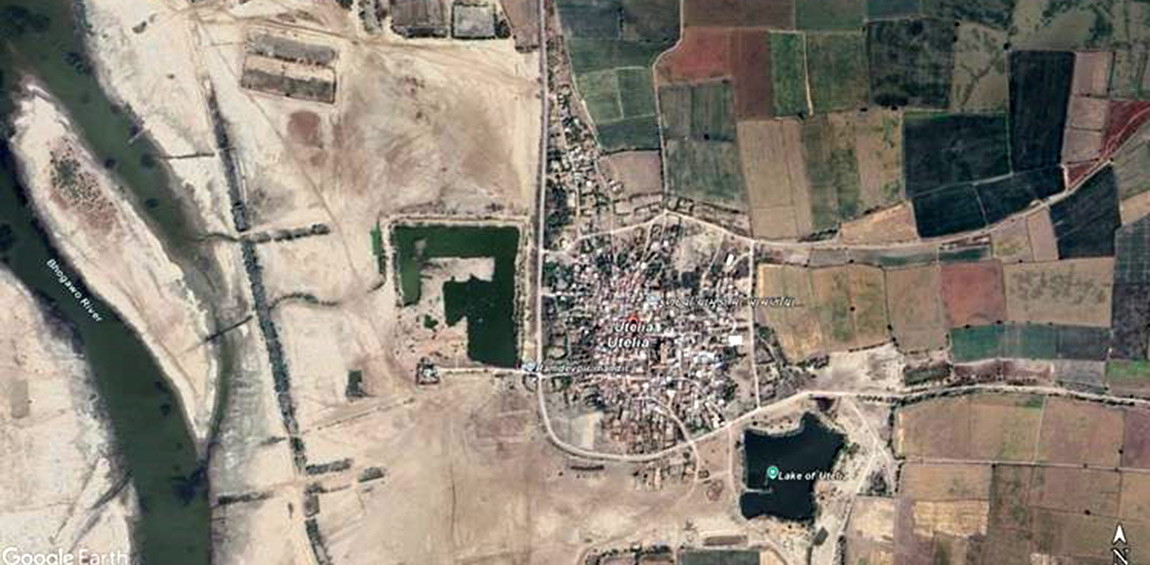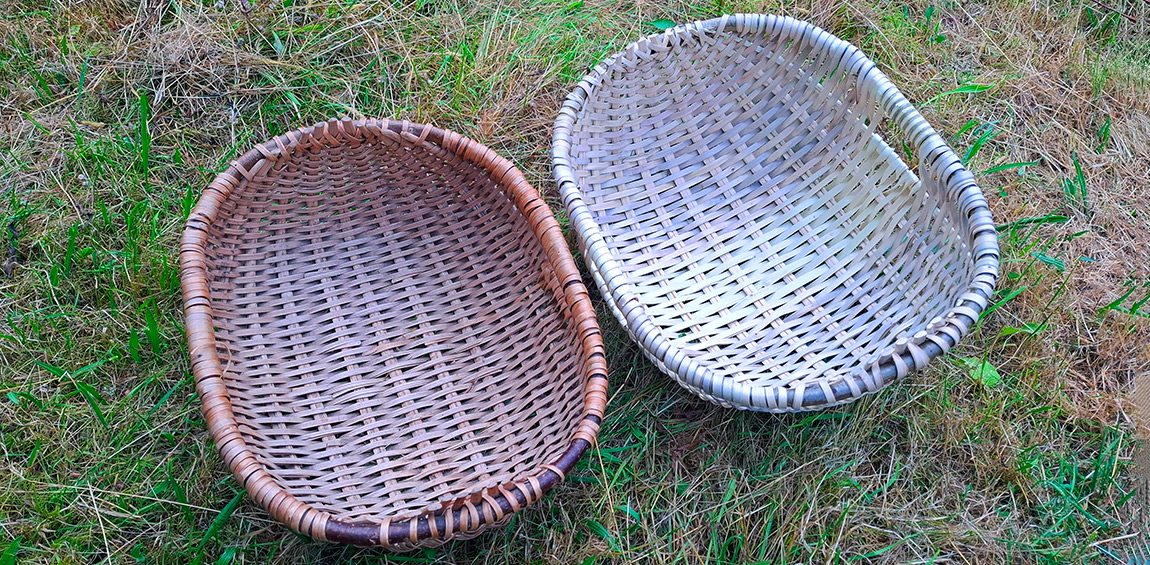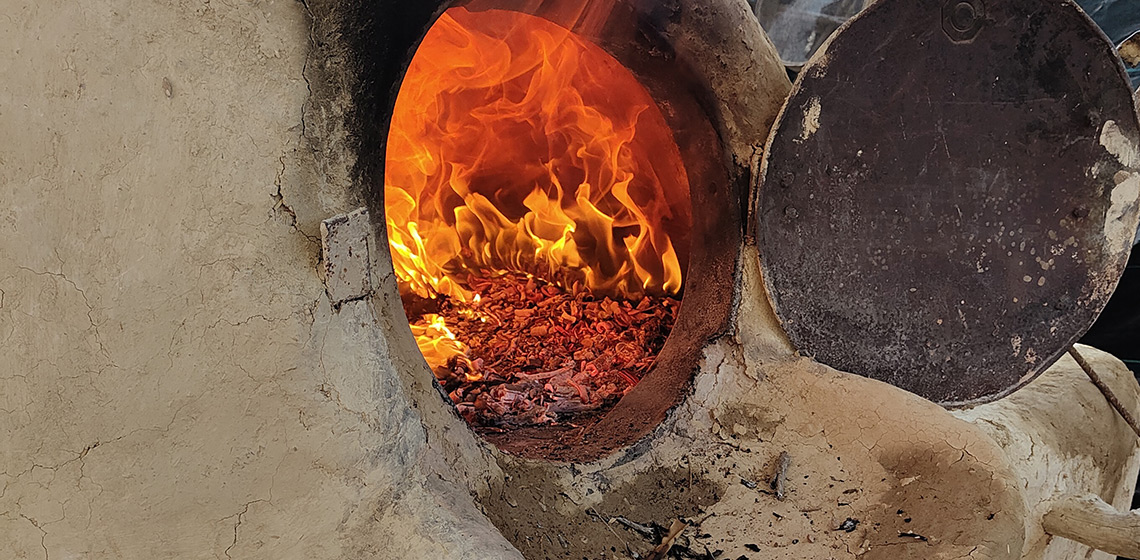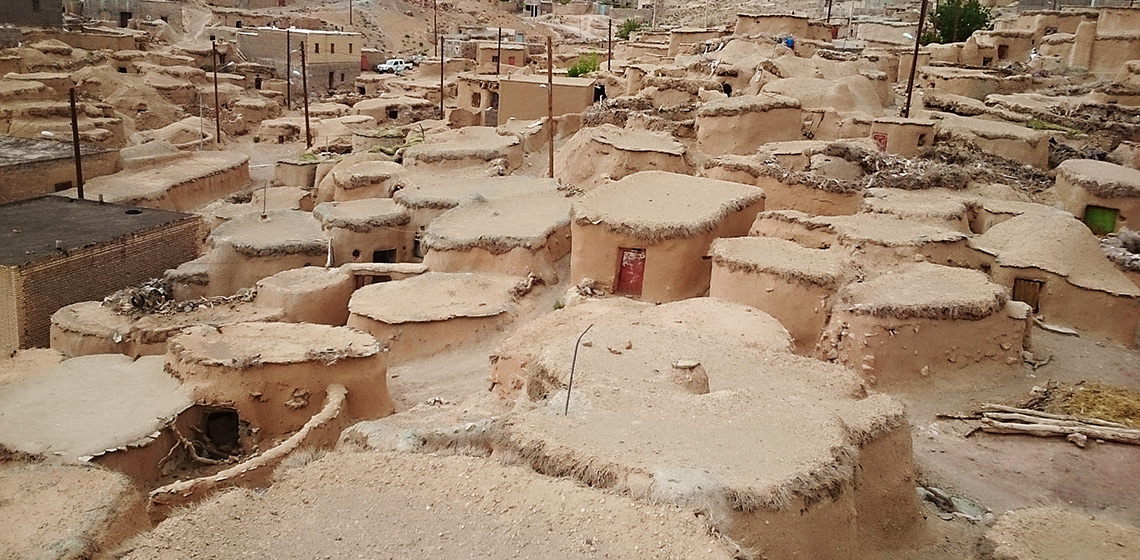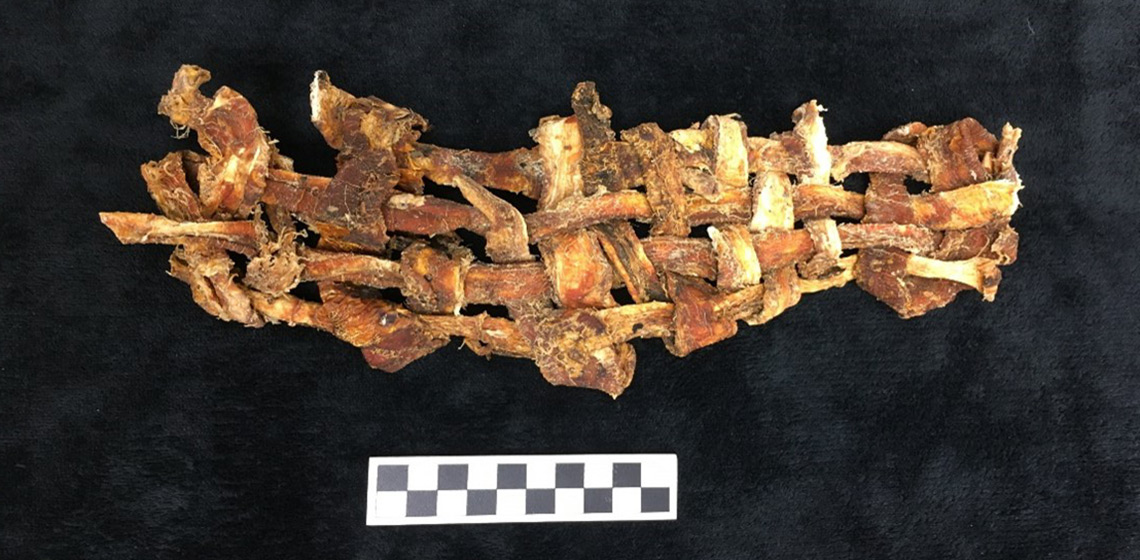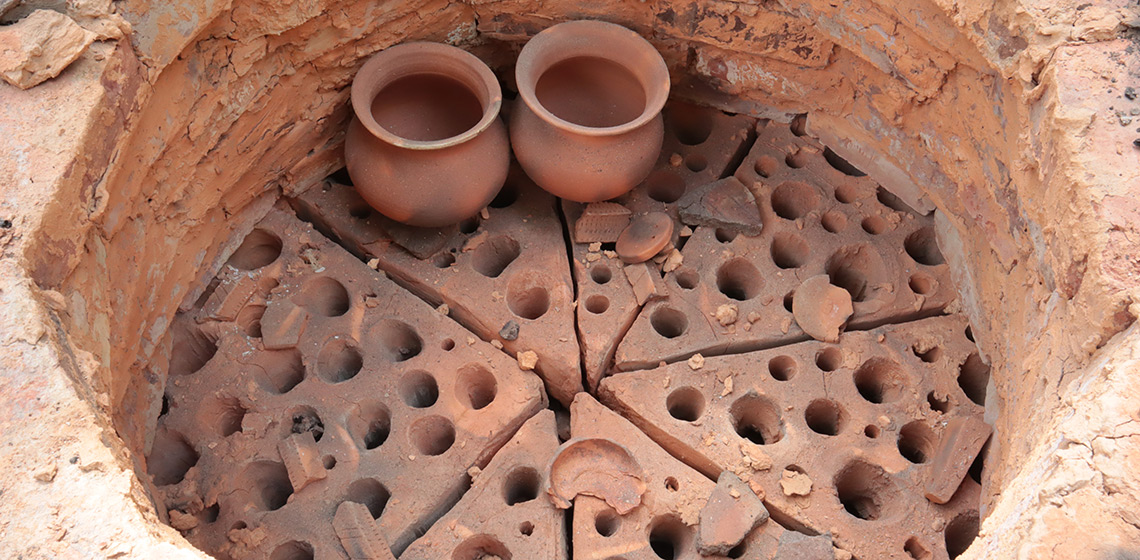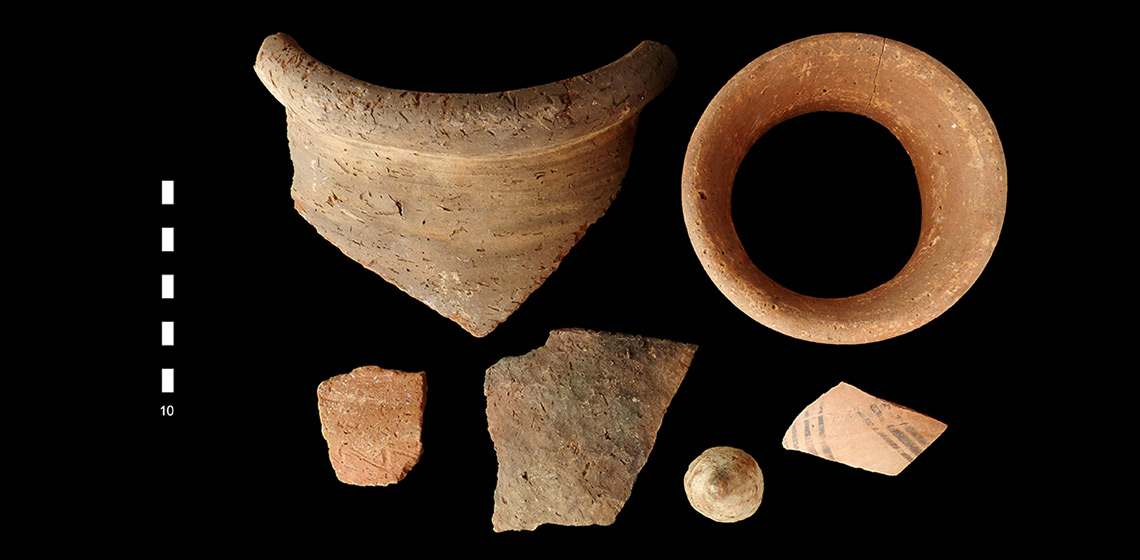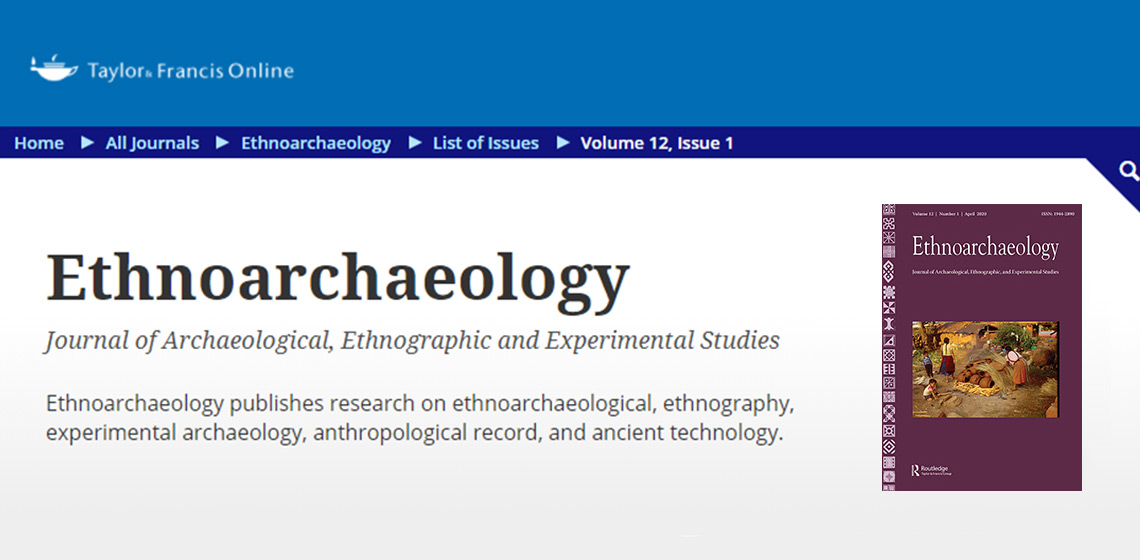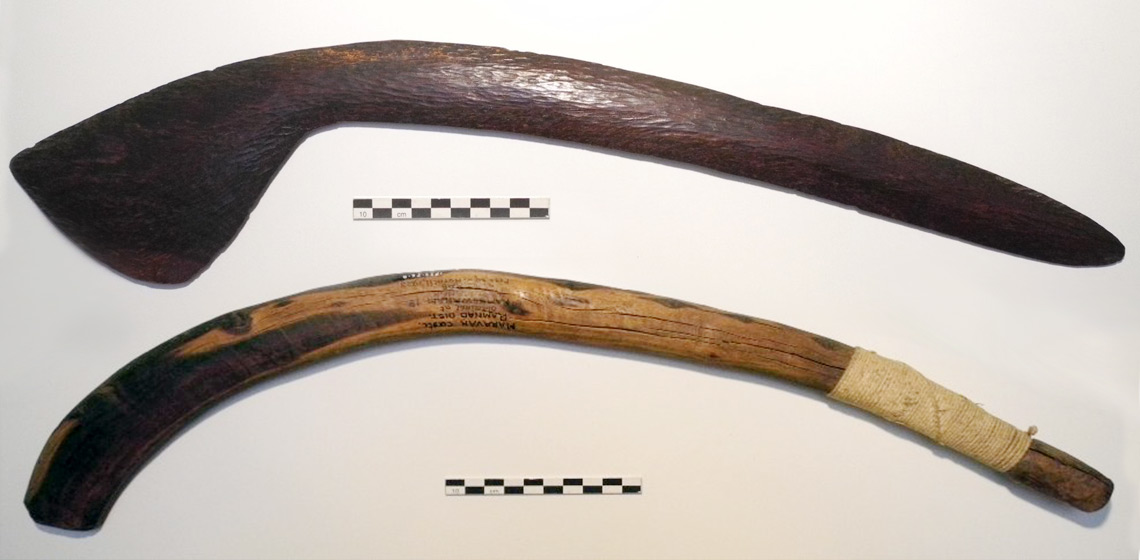ethnoarchaeology
Uteliya: Coincidence, Continuity, or Something Else?
Publication Date
Not every journey is about finding something new; sometimes it is about noticing what has been there all along. Between the weathered walls and quiet lanes, past the lakes that catch the afternoon light, I found myself chasing a whisper of the past. This is not the story of what I uncovered, but of what I hoped to find, perhaps an echo carried in the breath of a village, resting gently atop its own untold history.
Weaving Lost Traditions: A Comparative Transdisciplinary Reconstruction of a Welsh Cleft Hazel Basket
Publication Date
This study explored the reconstruction of traditional Welsh cleft hazel basketry through a transdisciplinary methodology that combines descriptive and thematic analysis with ethnographic methods. It aimed to document the reconstruction process in detail and compare the outcomes of a volunteer-led initiative with the practices of traditional makers. The descriptive element of the project recorded the sequence of actions and technical decisions made by volunteers, revealing the challenges and adaptations involved...
Baking Bread in the Riff Area (Morocco): An Ethnographic Approach to the Study of Iron Age Archaeological Ovens
Publication Date
We present the result of our fieldwork conducted in the Riff area (Morocco), where, through the participant observation technique, we have analysed the characteristics and functioning of several bread-baking traditional ovens that are still working in the region. We were able to observe the chaîne opératoire of the process of baking bread...
An Ethnoarchaeological Discussion of the Impact of Religion on Architecture in a Remote Iranian Village
Publication Date
In the years 2014 to 2015, an Ethnoarchaeological study of the architecture of Makhunik village (IR) was done. After that, this architecture was studied in different points of view. One of these views was the influence of religion on the architecture of the traditional phase (ca. 1660-1960) to explore the impact of immaterial issues, such as religion in a very religious village, on ...
Experimental Recreation of a Pumpkin (Cucurbita spp.) Leather Mat
Publication Date
The ethnohistoric record from the American Great Plains indicates that dried pumpkin (Cucurbita spp.) strips were often woven into mats as a form of food storage. This form of food storage was likely employed over large geographical areas and deep in time, but archaeological methods for identifying their production and use have been wanting...
Can Experimental Archaeology Confirm Ethnographic Evidence? The Case of Aboriginal Boomerangs Used as Retouchers
Publication Date
In this article, an experimental programme is used to examine how boomerangs may be used to retouch stone tools. The programme's findings confirm ethnographic data pertaining to the employment of hardwood boomerangs in retouching activities and investigate their technological similarities to Palaeolithic bone retouchers...
Experimenting with the Ancient Greek Pottery Production Process from Clay Selection to Firing in a (Re)constructed Updraft Kiln
Publication Date
This article presents an experimental archaeology project that aimed to reproduce the Hellenistic Greek pottery production process. The project's main research questions were focused on understanding how locally available raw materials and climatic conditions influenced the production process and how the process created social networks with the local community...
An Experimental Approach to Assessing the Tempering and Firing of Local Pottery Production in Nubia during the New Kingdom Period
Publication Date
Recently, the development of an independent strand of study, known as the ‘archaeology of dung,’ has resulted in numerous cross-geographical publications confirming the use of animal dung in archaeological deposits as the main fuel source and several other purposes. Most of these studies focus on the analysis of the microscopic evidence attributable to dung...
Review: Journal of Ethnoarchaeology
Publication Date
Experimental archaeologists often seek similar ethnographic studies when designing and preparing experiments. Observing how contemporary traditional artisans work, along with the materials and tools they use, provides invaluable insights to those who want to understand crafts and tools used in the ancient past. While contemporary artisans’ tools may have been modernised...
Traces of Manufacture, Use, Repair and Modification Observed on Ethnographic Throwing Sticks and Boomerangs
Publication Date
Throwing sticks and boomerangs are present in the collections of many French and international museums. Collected mainly in the 19th and 20th centuries by travelers, they were mainly analyzed from a stylistic point of view, to relate them to their region of origin. Some of these objects were made by the indigenous populations especially to be exchanged with Europeans and only bear macro-traces of manufacture...

